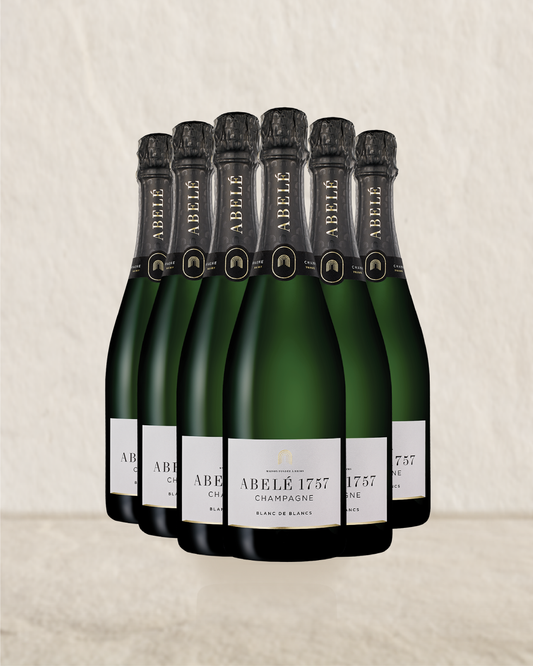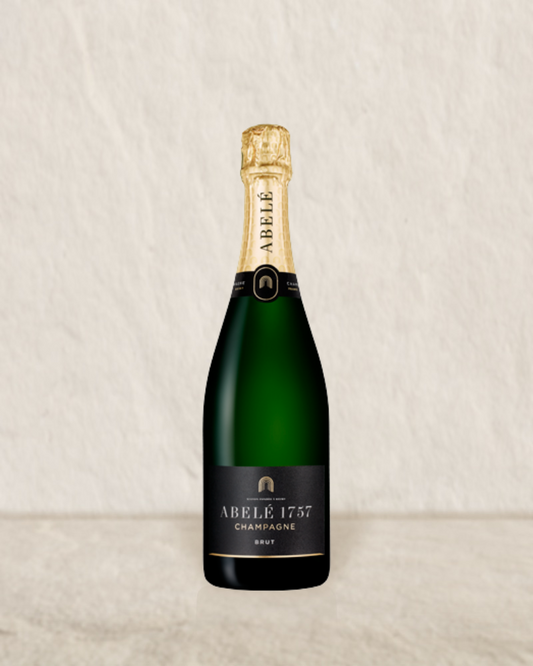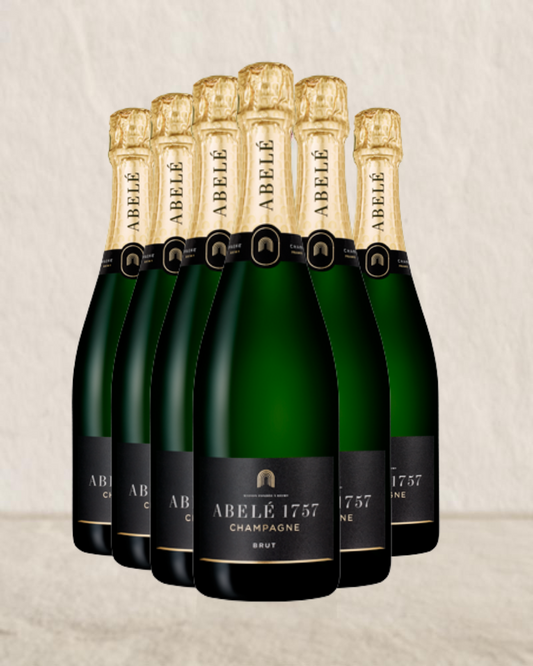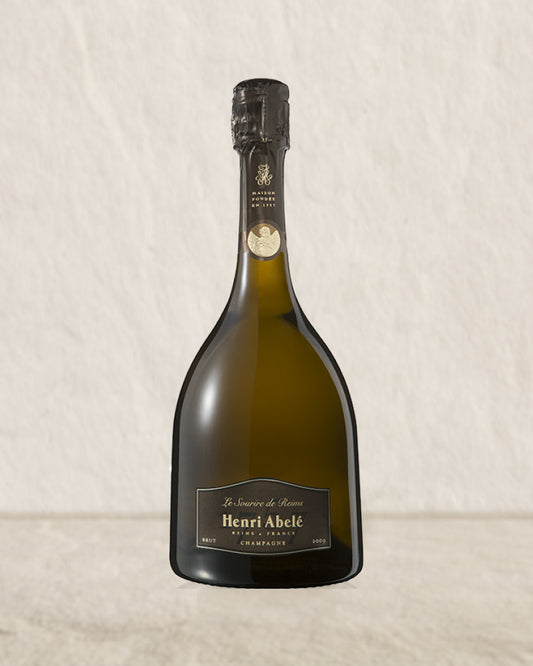Autolysis - and its effects on Champagne
The term autolysis to a scientist would mean simply the destruction of dead yeast cells by their own enzymes. To wine lovers however, it is one of the benchmark characteristics of Champagne that separates it from other sparkling wines.
Time is the essence and the longer a wine remains on the yeast lees the more pronounced the autolytic character becomes. This process leads to the development of greater character and complexity, as well as adding to texture, mouthfeel and the quality of the bead. The effect of autolysis will not begin for months after the primary fermentation and a minimum of eighteen months is required before initial development can be seen. This is why most houses age their non-vintage cuvees for two to three years and their vintage wines for four to five. The ageing period may even be as long as 20 to 50 years as the wine will gain complexity and creaminess through contact with the yeast lees. Whereas for normal table wines this ageing period would probably lead to tired or oxidized wines; Champagne through its production methods is in a highly reductive state. The yeast lees have scavenged whatever oxygen was available and the wine is saturated with dissolved carbon dioxide. As the yeast cells are broken down by their own hydrolytic enzymes, they release back into the wine; amino acids, proteins, and volatile compounds that enrich the wine which give the classic champagne character. It is these products of autolysis that prevent the wine from deterioration and can give great longevity. Winemakers will however regularly sample bottles throughout its ageing period to track the wines progress and monitor its evolution to ensure the highest possible standard before the wines being released.
It is this lack of ageing and maturation for other sparkling wine styles that separates Champagne from the rest.







